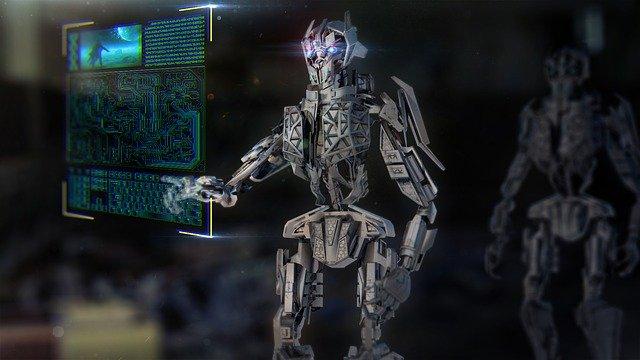
The role of IT has expanded significantly over the last two years, with organizations forced to rethink and revamp the way they work. Going forward, there will be a renewed emphasis on leveraging technological advances to tackle business challenges presented by remote workforces.
"Following the pandemic, hybrid work will be an expectation if not the norm at most organizations across the world. That means cybersecurity, AI, automation, and analytics will play increasingly significant roles in organizational efforts to support this way of working," said Rajesh Ganesan, Vice President of products at ManageEngine.
Here are ManageEngine's top five predictions in the IT management space for 2022.
1. Organizational insights will become immediately actionable with the rise of contextual analytics
When insights are presented directly within a business application, the chances of an organization acting upon them are much higher than when those same insights are presented in standalone business intelligence software. For example, when insights on project efficiency are available within project management software, it's easier for project managers to relate the findings to their daily work and implement measures to fix inefficiencies.
The way we train and deploy AI models is expected to change significantly in the coming year. With more sustainable techniques like meta learning, transfer learning, and causal AI expected to complement deep learning, AI and ML will eventually become full-fledged, embedded elements of contextual analytics workflows.
2. The cybersecurity mesh model will offer better protection in the hybrid workforce era
As employees continue to access organizational resources from different locations, traditional network-based security is becoming obsolete. The security landscape has evolved in part due to the accelerated shift to the cloud and usage of unvetted personal devices, resulting in many organizations becoming highly susceptible to cyberthreats and insider attacks.
In this scenario, a cybersecurity mesh model, with its central principle of Zero Trust, will gain more traction. The cybersecurity mesh model is a distributed approach in which smaller, individual security perimeters are built around people or objects acting as access points, thereby offering IT teams better security control.
3. IT operating models will continue to evolve to support the hybrid workforce
Organizations had to stumble their way through implementing their business continuity plans in response to the first lockdown. But with employees preferring hybrid work long term, further changes will have to be made in operating models to ensure hybrid work is streamlined and sustainable.
Despite self-service portals, the productivity of remote employees is still disrupted when an incident occurs. In the era of hybrid work, aspects like zero-touch service management that can handle machine-solvable incidents, digital experience monitoring to ensure high availability and constant improvements to end users, and increased adoption of desktop as a service and VDIs will be more important than ever.
4. AIOps and IT automation will be critical building blocks of enterprise technology architectures
The increasing pervasiveness of AI, backed by the operational improvements it leads to, means AI will continue to further cement itself as a cornerstone in the technology architecture of organizations. IT leaders will depend more on AIOps and intelligent automation, through which issues are detected using algorithms and resolved automatically before they disrupt productivity or network operations. AIOps-driven monitoring will play a significant role in forecasting, capacity planning, combating alert fatigue, and maintaining the security posture of an organization.
5. The cybersecurity skill crunch might force organizations to turn to service providers
There is likely to be an imbalance in the supply and demand of skilled employees in the cybersecurity space. To address their evolving needs, organizations will increasingly use the services of MSSPs and managed detection and response providers. For instance, the increase in remote employees, cloud adoption, and the need to meet compliance regulations make IAM a tedious process for most organizations. Since many organizations lack the necessary skills and resources to implement an IAM solution, more organizations will turn to Identity as a Service providers to fill this role.

 In
In
Add new comment